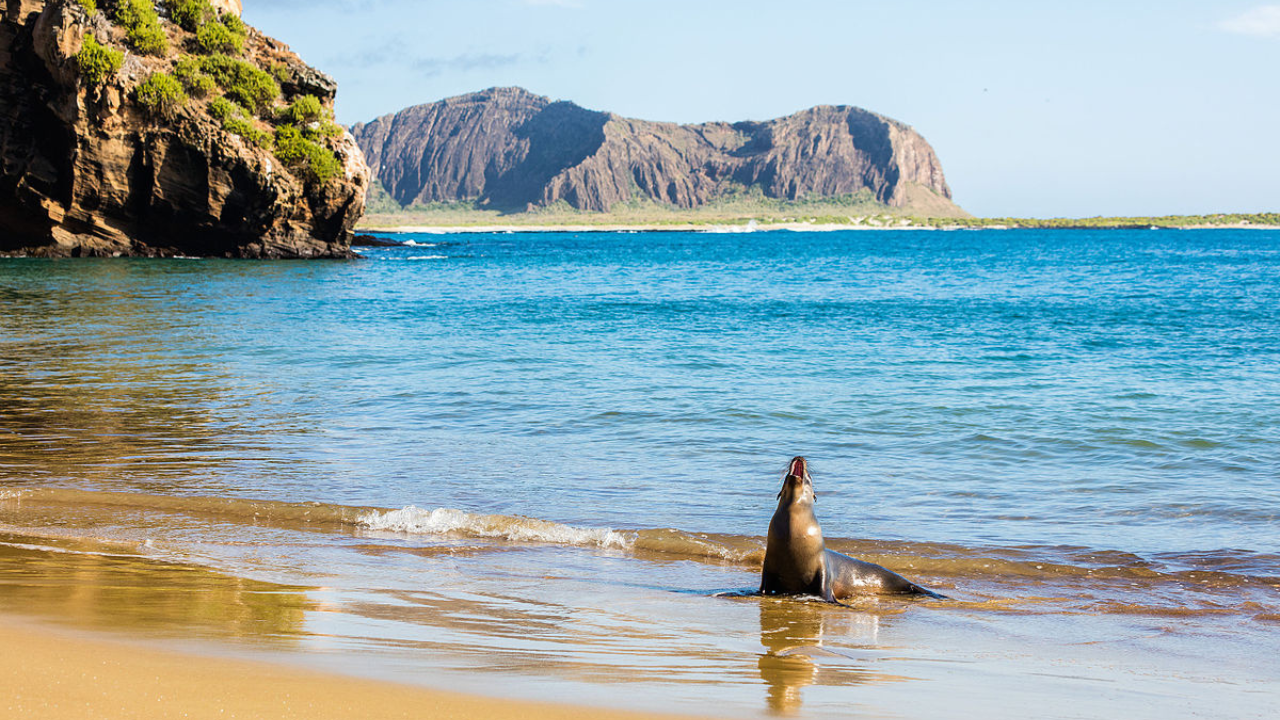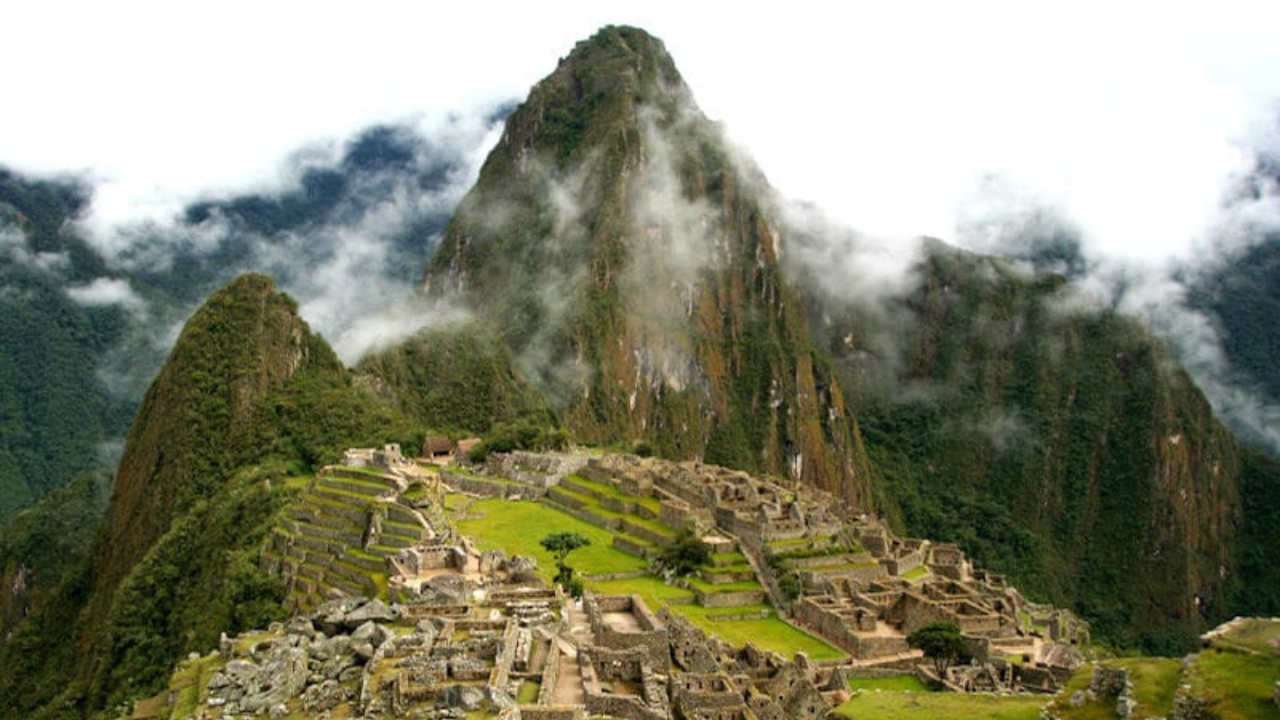My initial journey to the Galapagos was an unforgettable experience, and I only wish I had stayed there longer. To fully appreciate this remote archipelago, situated 600 miles away from mainland Ecuador, multiple trips are truly necessary. While sea lions can be observed throughout the year, some animals can only be sighted during specific months. If you wish to witness particular behaviors, such as the renowned dance of the blue-footed booby, you must visit during the summer.
Regardless of when you decide to visit the Galapagos, it will undoubtedly be an extraordinary getaway, making it one of the must-visit destinations in South America. To get off to the best start, consider prioritizing these top activities to do in the Galapagos.
Hang Out with the Sea Lions at Loberia Bay – San Cristobal Island
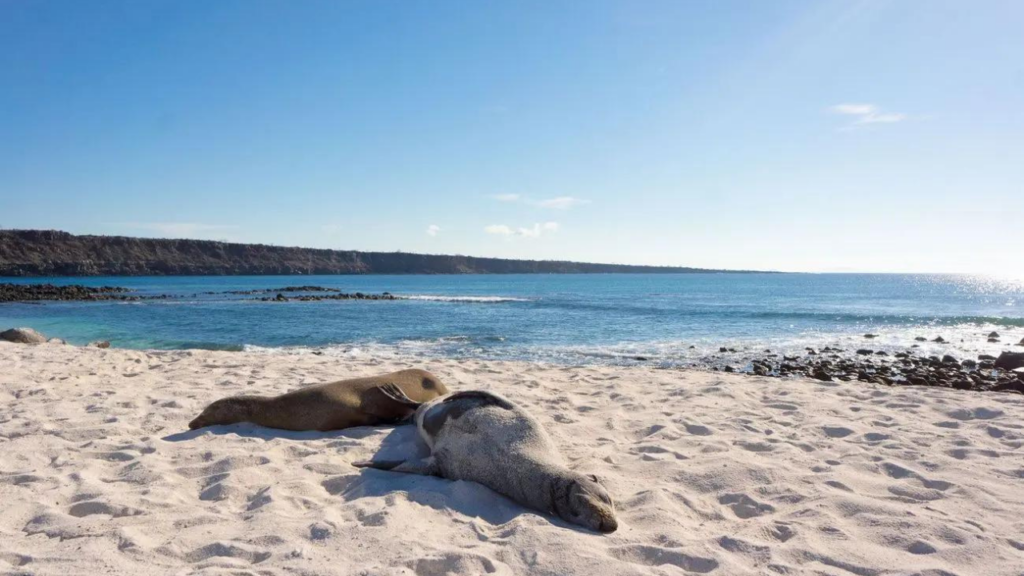
What Is It?:- A 2.2-mile out-and-back trail leads from Puerto Baquerizo, the capital city of the Galapagos on San Cristobal Island, to Loberia Bay.
Why Do It? – It is a must-visit destination while you are in the Galapagos, boasting pristine sands bordered by translucent blue waters and scattered with black lava rocks. This bay is home to one of the largest sea lion colonies in the archipelago, with the animals frequenting the shores throughout the year.
Good to Know: Snorkeling and swimming are delightful activities here, but it’s important to maintain a safe distance from the bulls as they can be aggressive. By respecting the animals’ space, they are more likely to engage with you. Loberia Bay is also teeming with other fascinating wildlife, including sea turtles, lava lizards, marine iguanas, and frigate birds.
Dive Underwater on a Snorkeling Excursion
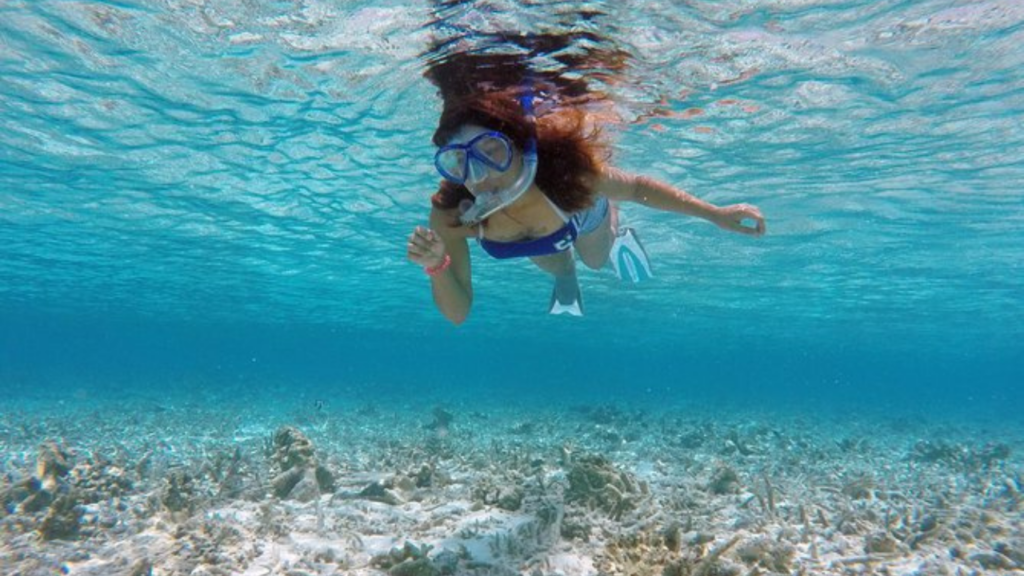
What Is It? – The Galapagos offer numerous snorkeling opportunities suitable for both beginners and experienced individuals.
Why Do It? – Snorkeling presents a wonderful chance to swim alongside a diverse range of Galapagos wildlife, including Galapagos penguins, marine iguanas, sea turtles, rays, sea lions, and an array of colorful reef fish.
Good to Know – From December to May, the wetter and warmer season, you can expect the best visibility. However, from June to November, the water around the islands is enriched with nutrients brought by the Humboldt current, leading to abundant marine life sightings during this time too. Among the many snorkeling spots, some of the top sites include Tortuga Bay on Santa Cruz Island, Kicker Rock on San Cristobal, and Pinnacle Rock on Bartolome Island.
Visit the Giant Tortoises at Reserva El Chata Tortoise Ranch – Santa Cruz Island

What Is It? – The ranch serves as a 29-acre nature reserve dedicated to protecting giant Galapagos tortoises from predators, as they are currently facing threats. Visitors have the opportunity to observe these magnificent creatures as they wallow in mud pools, munch on green shoots, or leisurely stroll around.
Why Do It? – Giant Galapagos tortoises are among the most iconic animals in the archipelago, making it a must-see experience. While they can be spotted in various locations throughout the Galapagos, the ranch guarantees encounters with these fascinating creatures. Moreover, it offers an excellent opportunity for capturing memorable photos, as the tortoises often display curiosity towards their human visitors and enjoy interacting with them.
Good to Know – Birdwatching enthusiasts will find delight in spotting some interesting species at the ranch, including Darwin finches, cattle egrets, Galapagos rails, yellow warblers, and short-eared owls.
See the Lava Tunnels – Santa Cruz Island

What Is It? – Santa Cruz Island boasts underground lava tunnels that were formed when molten lava solidified into a crust while the liquid lava continued to flow beneath. As the liquid lava cooled and came to a halt, these tunnels were created. Today, these tunnels are spacious enough for people to explore, and visitors can opt for guided or self-guided tours to experience them.
Why Do It? – Exploring the lava tunnels allows you to gain a profound understanding of the volcanic activity that shaped the Galapagos Islands.
Good to Know – From the town of Puerto Ayora, you can reach the tunnels by walking or biking north on the main road. However, be prepared to display some agility while passing through narrow sections during the exploration. This activity may not be suitable for individuals who are claustrophobic.
Go Whale Watching
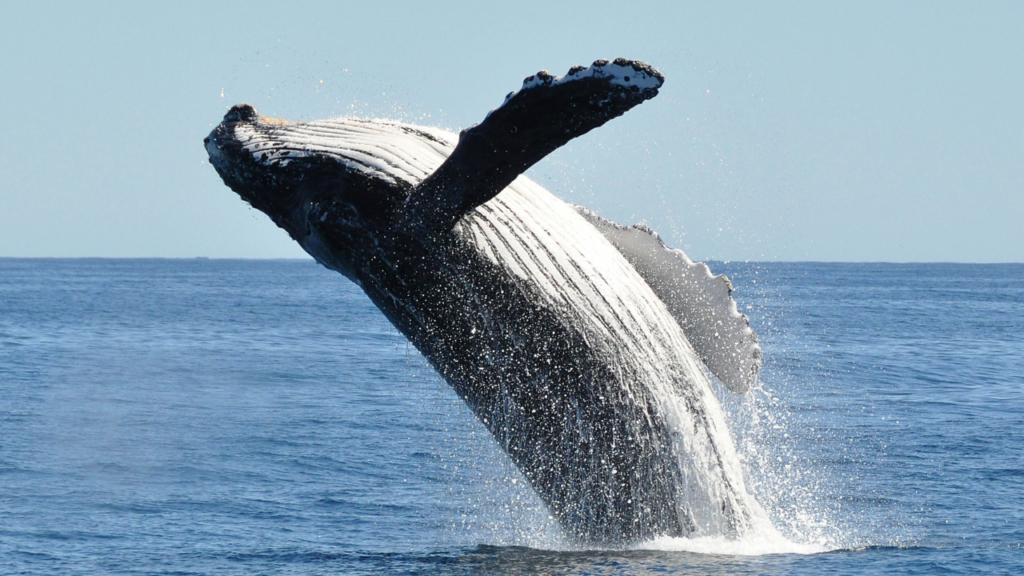
What Is It? – The Galapagos are home to over 20 different species of whales, including sperm whales, Bryde’s whales, and orcas, which can be observed throughout the year. Additionally, humpback and blue whales can be spotted seasonally from June through December.
Why Do It? – Watching a whale breach in the Galapagos is an exhilarating experience, but it requires a bit of luck to witness.
Good to Know – Spending more time on the water increases your chances of encountering a whale. Keep your camera readily available and remain on deck. One of the prime spots to see Bryde’s whales, the most common species here, is just north of San Cristobal Island. Both sperm whales and humpbacks are frequently sighted between Isabela and Fernandina.
Read Also:- AI’s Role in Revolutionizing Travel Experiences
Dive with Sharks at Shark Point – Wolf Island
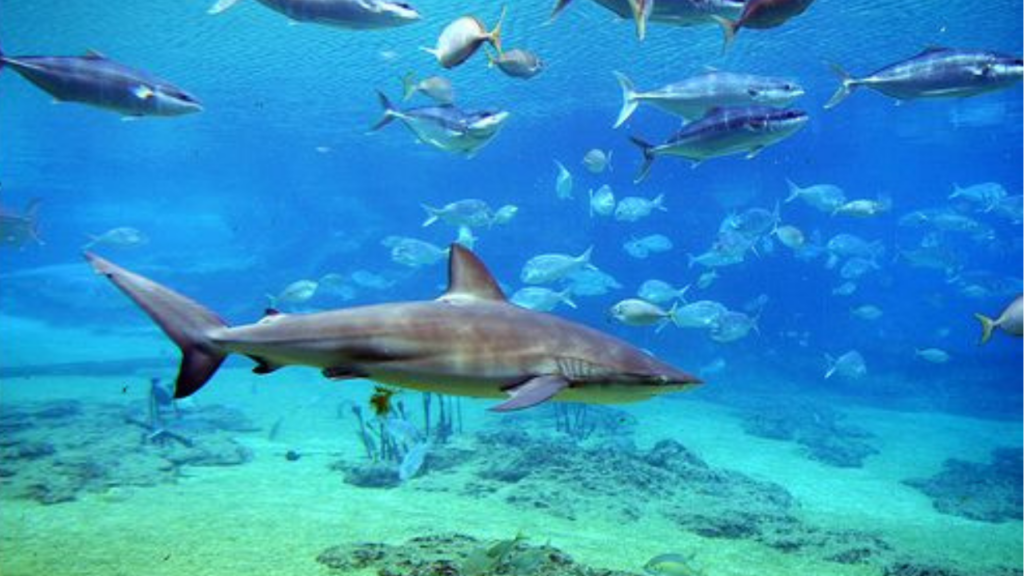
What Is It? – Wolf Island stands as one of the most remote Galapagos islands, and it is renowned for Shark Point, one of the top destinations for diving with hammerhead sharks.
Why Do It? – Diving alongside hammerhead sharks is a dream-come-true experience for many and an essential adventure for advanced divers exploring the Galapagos.
Good to Know – Access to uninhabited Wolf Island is exclusively available through liveaboard diving ships, with most departures from Baltra Island near Puerto Ayora. Due to the strong currents and considerable depths, Shark Point is suitable for expert divers only. Alongside hammerhead sharks, divers often encounter whitetip and Galapagos sharks. Other fascinating marine life, such as spotted whale sharks, schools of dolphins, moray eels, and red-lipped batfish, can also be spotted in these waters.
Take a Hike
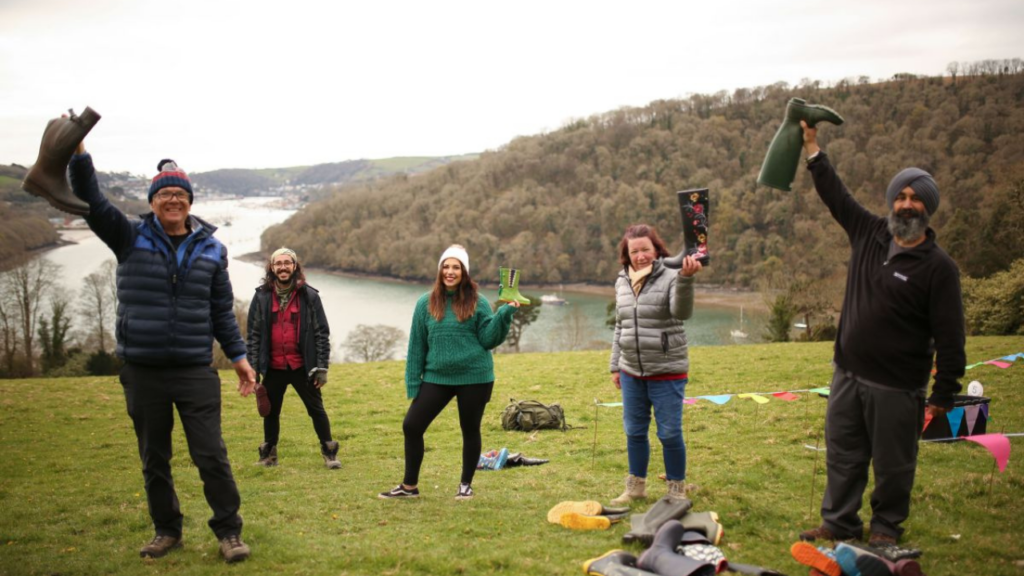
What Is It? – The Galapagos Islands offer a plethora of hiking trails, making it an ideal destination for independent travelers, those on land-based tours, or cruise expeditions, as there are ample opportunities for walking adventures.
Why Do It? – Hiking allows you to immerse yourself in the unique landscapes of the islands while also providing excellent opportunities for observing wildlife.
Good to Know – Among the top hikes to try is the 4.6-mile out-and-back trail near Puerto Ayora on Santa Cruz Island. This trail leads to a picturesque stretch of chalk-white sands and clear turquoise waters, where you may encounter sea turtles, brown pelicans, marine iguanas, and vibrantly colored Sally Lightfoot crabs. Occasional appearances of blue-footed boobies add to the excitement. On Isabela Island, exploring the wetlands with their intricate trail network and fascinating lava formations is highly recommended as well.
Visit the Wall of Tears – Isabela Island
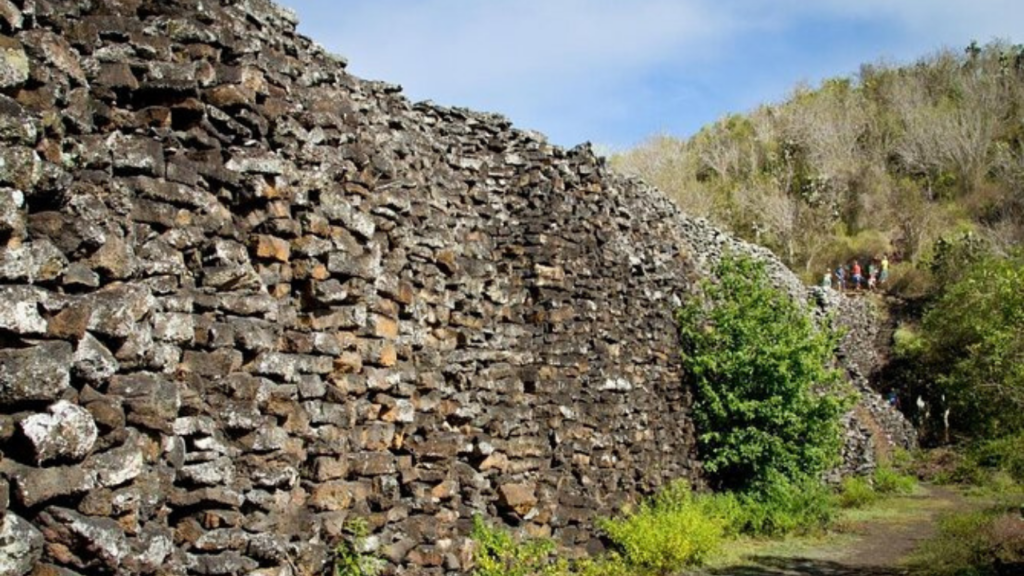
What Is It? – The Wall of Tears serves as a solemn historic site that can be visited independently through a 3.5-mile hike each way. This 65-foot-high wall stands as a poignant reminder of the thousands of prisoners who lost their lives while constructing it. They were subjected to harsh conditions, mistreatment, and malnourishment, as the government sent them here for criminal exile and to keep them occupied.
Why Do It? – Visiting the Wall of Tears allows you to delve into the island’s history and offers a striking setting surrounded by lakes and mangroves.
Good to Know – While the area boasts natural beauty, it also exudes an eerie atmosphere. Some visitors have even claimed to hear the echoes of the past, as if the cries of the deceased still linger among the rocks.
Take in the Spectacular View from Sierra Negra Volcano – Isabela Island
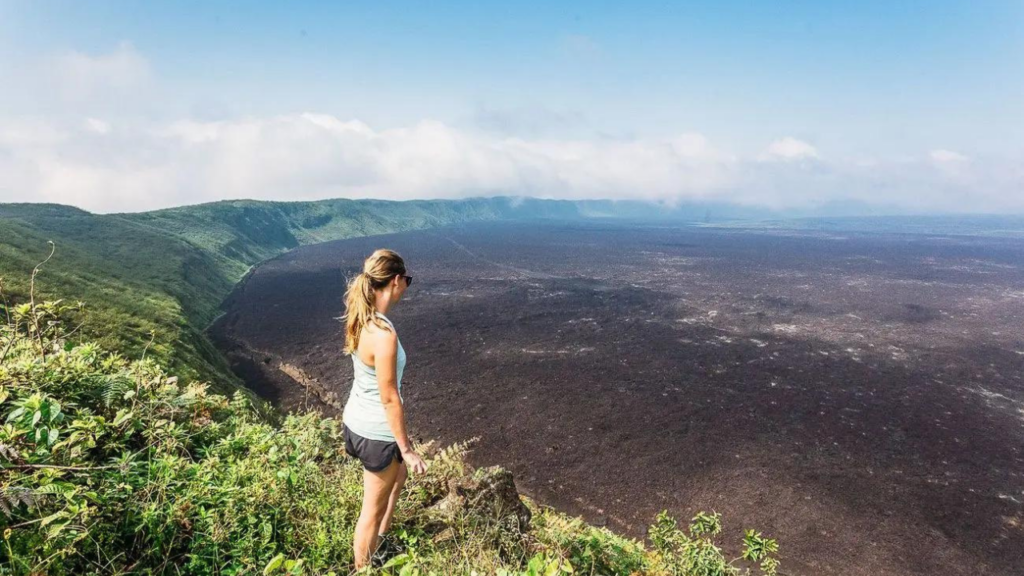
What Is It? – Sierra Negra Volcano boasts the largest basaltic caldera in the Galapagos Islands, formed when the summit of a shield volcano collapses, creating a bowl-shaped crater.
Why Do It? – Climbing to the volcano’s peak rewards you with one of the most breathtaking panoramic views in the archipelago. Additionally, you have the chance to spot seven different finch species during the hike.
Good to Know – The approximately 6.4-mile trek (each way) is moderately challenging and takes an average of just under six hours to complete. The volcano’s activity is closely monitored, and you may notice evidence of the last eruption, which occurred between June 26 and August 23, 2018.
Spend Time at the Puerto Ayora Fish Market – Santa Cruz Island
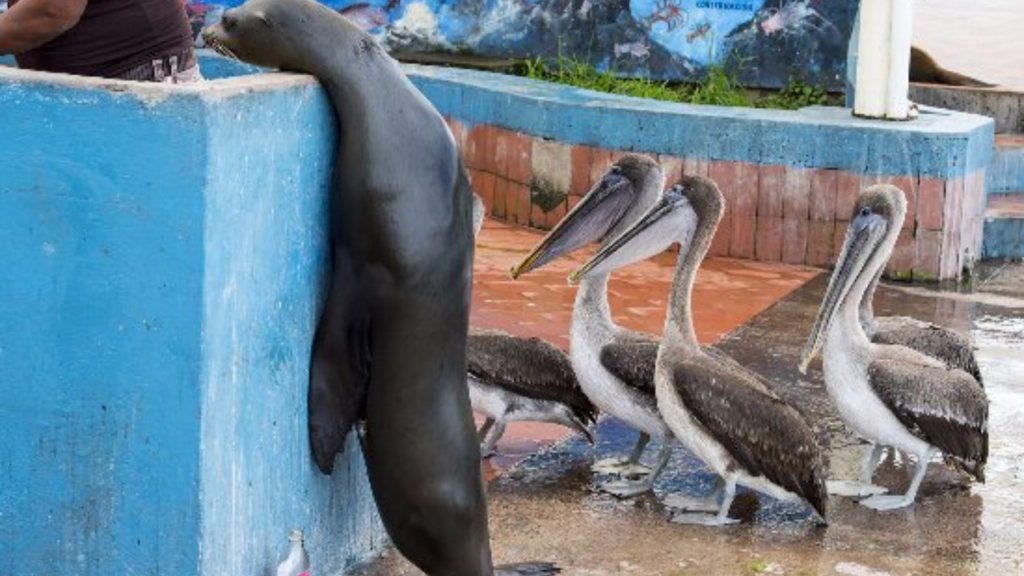
What Is It? – The Puerto Ayora Fish Market is not just a regular fish market; it is a vibrant hub of activity located along the waterfront in the center of Puerto Ayora. It provides a wonderful opportunity to immerse yourself in the local way of life.
Why Do It? – Visiting the market allows you to witness what happens after the fish is caught, but the main attraction is observing the animal visitors. Sea lions, pelicans, and frigate birds frequent the area, eagerly waiting for a chance to snatch a meal.
Good to Know – Visit during the day to witness all the bustling action, and consider returning in the evening when the market transforms into an outdoor eatery offering freshly caught fish and seafood delicacies.
‘Mail’ a Postcard’ from the World’s Most Unique Post Office – Floreana Island

What Is It? – Post Office Bay on Floreana Island was established by early sailors in the 19th century as a location to leave letters, allowing other sailors to deliver them when they returned to the mainland. This tradition continues to this day, but now it’s tourists who participate by picking up letters and mailing them once they return home.
Why Do It? – Sending a postcard to friends and family back home via Post Office Bay is a delightful and interactive experience. You can even send one the traditional way and another through this unique post office to see which arrives first.
Good to Know – Post Office Bay is not your typical post office with stamps, employees, or even a building. Instead, it consists of an old wooden barrel, functioning solely on an honor system that has been successfully operating for decades.
Witness a Courtship Dance

What Is It? – If you visit the Galapagos between June and August, you’ll have the opportunity to witness various bird species engaging in their courtship displays to attract a partner, including the charismatic blue-footed boobies.
Why Do It? – Observing these courtship rituals is a delightful experience as they involve dances and other fascinating behaviors.
Good to Know – While there are numerous places to observe blue-footed boobies, Punta Pit on San Cristobal Island stands out as a unique location where three species of boobies coexist. In addition to the blue-footed boobies, you may have the chance to see both red-footed boobies and Nazca boobies, creating a truly remarkable sight.
Capture a Photo of Pinnacle Rock – Bartolome Island
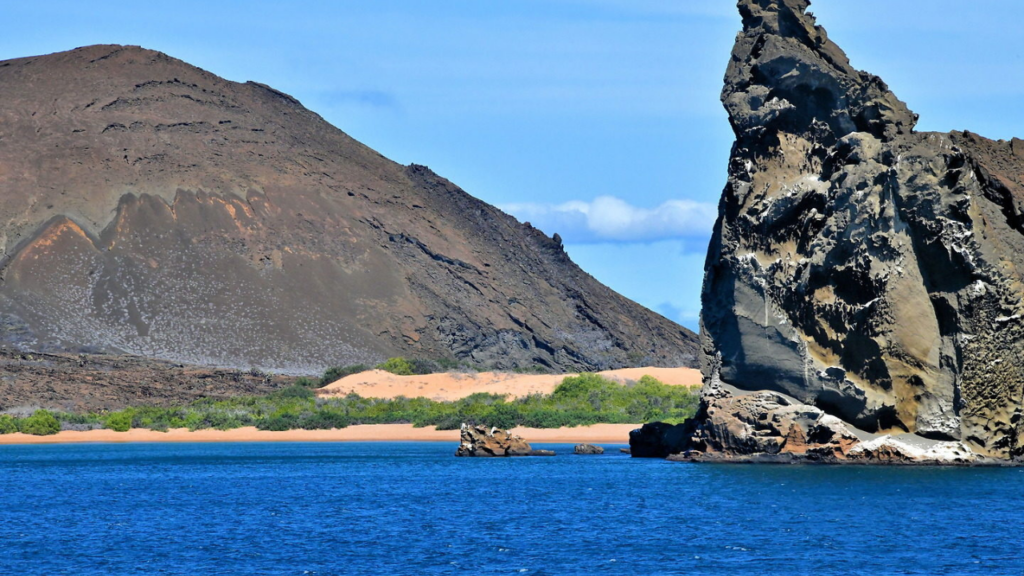
What Is It? – Pinnacle Rock is a highly sought-after geological formation for photography, with its sharp volcanic rock projecting into the bay near Playa Dorado (Gold Beach).
Why Do It? – This rock offers an iconic and picturesque photo opportunity, and it also hosts a colony of penguins living at its base. Once you’ve had a close encounter with Pinnacle Rock, consider hiking to the summit of Bartolome Island for a magnificent view from a distance.
Good to Know – The beaches adjacent to Pinnacle Rock are renowned snorkeling sites, providing a chance to swim alongside penguins and sea lions. As Bartolome Island is uninhabited, visiting it requires joining a cruise or tour, with multiple options available from Santa Cruz Island.
Conclusion
the Galapagos Islands stand as a true wonder of nature, a living laboratory of evolution, and a sanctuary for diverse and fascinating wildlife. The top 13 things to do in this pristine archipelago offer a perfect blend of adventure, discovery, and tranquility.
From snorkeling with sea turtles and sea lions to exploring giant tortoise breeding centers, every experience in the Galapagos Islands is a testament to the region’s commitment to conservation and preserving its unique ecosystem.
As visitors hike to volcanic craters, encounter marine iguanas, and immerse themselves in the rich history of Post Office Bay, they become part of the Galapagos‘ rich tapestry of human and natural history.

